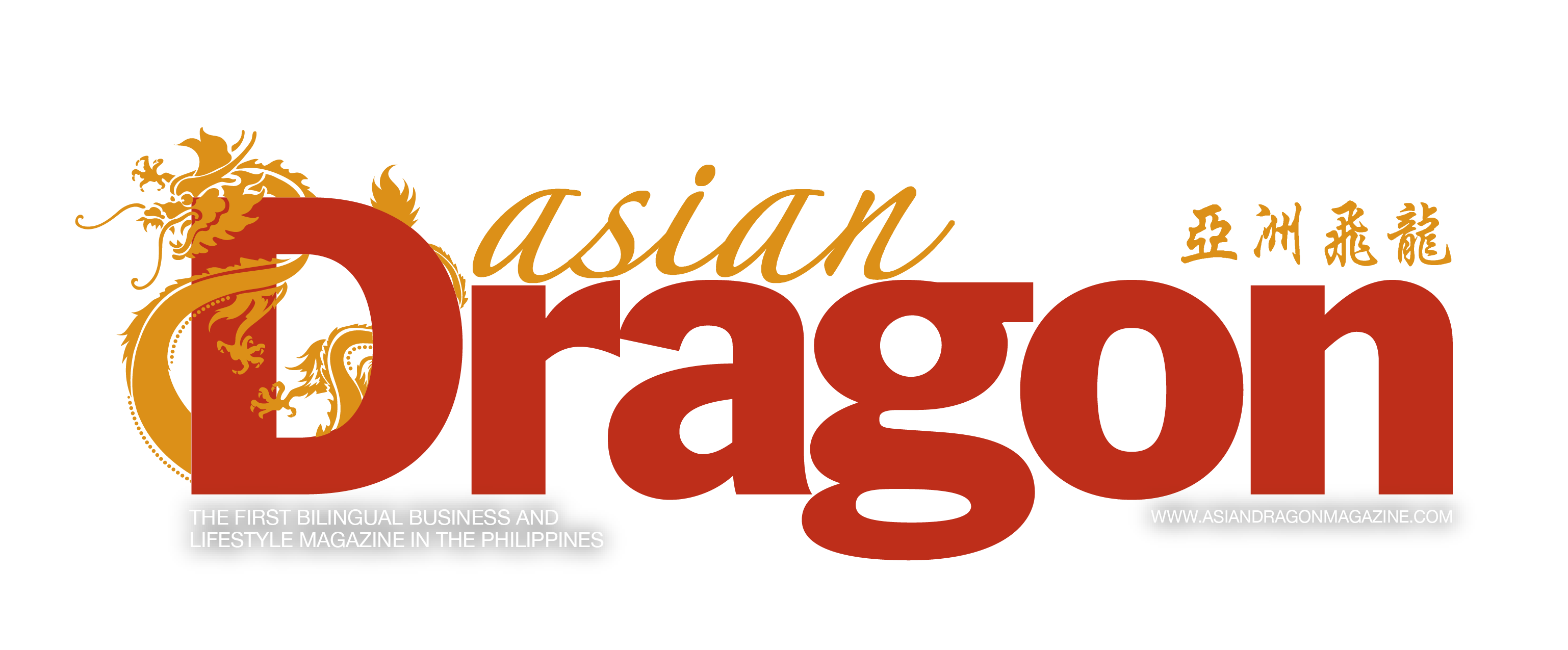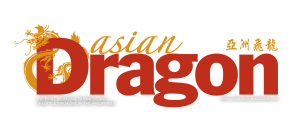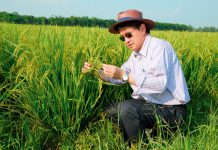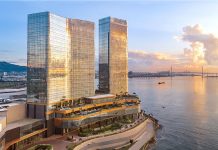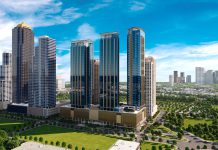For fitness professionals, it is important to keep abreast of the latest developments in exercise science, guidelines, modalities, and developments, for various reasons. First, our knowledge should be up-to-date; to be worthy of being called “professionals,” we should never stop learning, and should pursue continuing education through seminars, courses, workshops, and taking part in professional associations.
Second, to be able to function effectively in our jobs, we must be able to give sound, evidence-based advice to clients (who are actually now able to source their exercise knowledge easily online), giving prestige and legitimacy to our profession as a whole.
While the industry has never been lacking in wild news—this new product will melt your fat away, or there is a new superfood in your attic—the third and most important reason for fitness pros to keep updated is that we must have the general public’s well-being in mind, first and foremost. We have to be able to critically assess any kind of fitness news, and integrate these into current fitness and exercise science, nutrition, and well-being that has been peer-reviewed and accepted by the scientific community.
These were my thoughts when I got an email from the American College of Sports Medicine (ACSM), saying that “the new physical activity guidelines are out, check them out.” These are the guidelines that should be considered “constitutional” in our line of work, and having the ACSM stamp of approval only means that these have undergone scientific scrutiny. The guidelines are also an initiative of the United States government, under the Department of Health and Human Services, and have also passed government scrutiny.
These guidelines are part of a bigger set regarding health maintenance and improvement, as they focus on physical activities. There are separate guidelines for nutrition, and other considerations like stress levels, age, family history, existing conditions, work environment, mental health. While this article may give you a bird’s-eye view, it is best to consult your primary physician as to how these guidelines apply to your life and lifestyle.
For pre-school children, aged 3 to 5: Physical activity should be done throughout the day, as much and as often as possible. The advice is to incorporate variety in the activity. An easy way to incorporate strength training is to have children rearrange the room, or collect materials for drives. Places for these activities can also be mixed up—the classroom, the hallway, the garden, school grounds. This is the category that is understandably more general in tone, as kids are still developing physically.
For children and adolescents, aged 6 to 17: The differentiation begins in this category, and these are the key takeaways: 60 minutes of moderate to vigorous physical activity daily; most of the 60 minutes should be aerobic activity, at least thrice a week; part of the 60 minutes should be strength building, at least thrice a week; part of the 60 minutes should be bone strengthening, at least thrice a week.
For adults: There is a distinction between adults and older adults, which shows that the needs of these populations have been differentiated enough to demand specific guidelines for each category. The key takeaways are: any activity is better than none, and “any activity” will produce some benefits; for substantial benefits, adults must do 150-300 minutes a week of moderate intensity activities; if doing vigorous exercise, the recommendation is 75-150 minutes a week; different intensities can be combined; aerobic activity should be spread throughout the week; and, muscle strengthening activities must be done at least two days of the week.
The main difference from previous guidelines is the absence of a specified number of days (five days a week, for example), and instead suggesting the number of minutes of activity in a week, implying that the “dividing” can be done individually, an acknowledgment of busy and hectic lifestyles and the need to personalize routines.
For older adults: This is a new category that now has its own set of guidelines, and these are the key takeaways: multicomponent physical activities that combine balance training, aerobic, and muscle strengthening exercises; older adults should determine their own level of effort and integrate this with their current level of fitness; those with chronic conditions must take greater precautions; when these chronic conditions do not permit the recommended time (150 minutes a week of moderately intense aerobic activity), do only as much as you can.
I would recommend developing an exercise routine with your physician and fitness trainer, so that concerns, personal knowledge, and comfort level are part of the planning process. This is about your health, so take a more active role in determining what activities to engage in, and not just rely on what “experts” tell you to do. A new component here is the recommendation for balancing activities, most likely an offshoot of findings that the older population is most prone to falls and slipping.
Recent advances in scientific knowledge and research have given the scientific community more “ammunition” as we traverse this battlefield called life, and these guidelines allow us to have better health, and to remain mobile and productive. They can only go so far, however, on paper—the work is mainly yours. So get up and get moving!
(Read the entire resource here https://health.gov/paguidelines/second-edition/pdf/Physical_Activity_Guidelines_2nd_edition.pdf )
Illustration by Paul Fabila
